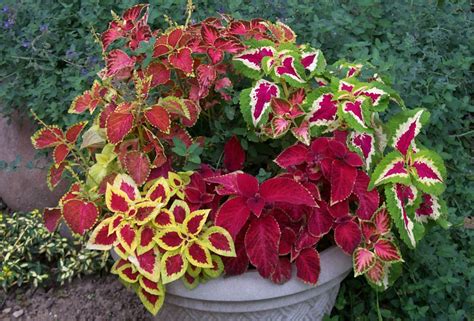What Are The Best Plants For A Low-light Garden?
When it comes to adding some greenery to our homes, one of the biggest factors that we might consider is the amount of light that is available. High light plants are great, but what if we don't have access to a lot of natural light? Thankfully, there are a variety of beautiful and low-maintenance plants that thrive in low-light conditions and can bring a touch of nature to even the darkest corners of our homes. One of the top choices for low-light spaces is the snake plant. These plants are known for their ability to thrive even in low light, and they can also improve the air quality of our homes. Snake plants are easy to care for and require minimal watering, making them the perfect low-maintenance addition to any home. Another great option for low-light spaces is the ZZ plant. These plants have glossy leaves and a unique look that can add some visual interest to our homes. Like the snake plant, ZZ plants are easy to care for and can tolerate a variety of light conditions. For those who love the tropical look, the peace lily is another option for low-light spaces. These plants have beautiful white flowers and can help purify the air in our homes. They do require a bit more watering than the snake plant or ZZ plant, but they are still relatively low maintenance. If you're looking for a more traditional houseplant, the pothos is always a good choice. These plants have trailing vines and can be grown in a variety of light conditions, including low light. They are also quite versatile and can be grown in a variety of container types. One plant that is often overlooked for low-light spaces is the spider plant. These plants have long, narrow leaves and can produce cascading baby plants that can be repotted to create new spider plants. They are also great air purifiers, making them a healthy addition to any home. When it comes to low-light plants, it's important to keep in mind that even these plants need some light in order to thrive. While they can tolerate low light, it's still important to place them near a window or other natural light source in order to give them the best chance of success. When it comes to watering our low-light plants, it's important to remember that they generally require less water than high-light plants. Overwatering can be a big problem for these types of plants, so it's important to allow the soil to dry out between waterings. In general, most low-light plants will only need to be watered once every one to two weeks. Another consideration when it comes to our low-light plants is fertilization. While these plants generally require less fertilization than high-light plants, it's still important to give them some nutrients in order to keep them healthy. A balanced fertilizer can be applied once every two to three months in order to keep our plants thriving. In conclusion, adding some greenery to our homes can be a great way to improve our living spaces and bring a touch of nature inside. While low-light spaces can provide a challenge, there are a variety of plants that can thrive in these conditions and bring some much-needed life to even the darkest corners of our homes. With a bit of care and attention, we can create a beautiful and healthy indoor garden that will improve our homes and our lives. 



hellonest spaces
evergreen shrubs flowers perennials garden flowering hgtv bushes shade plants purple color clustered landscaping flower non bellflower gardens bloom cutting
bedside pilea greenery peperomioides nyc kwiaty fikus pieniążek mydomainehome
shade plants garden plant flower coleus amazing colorful



